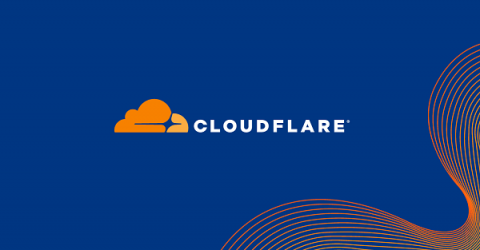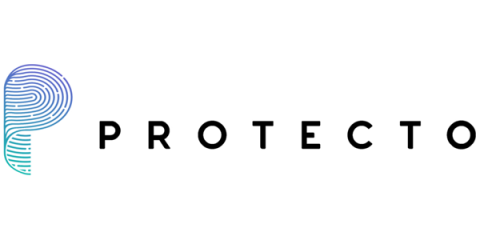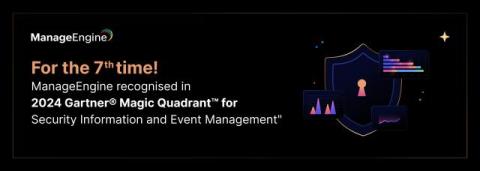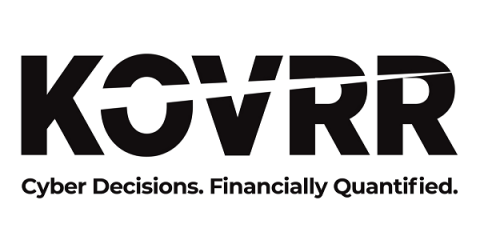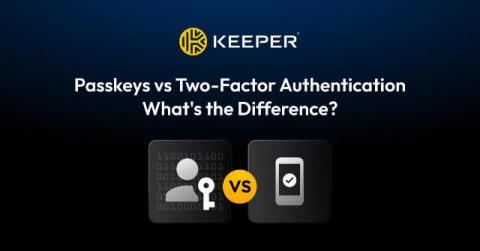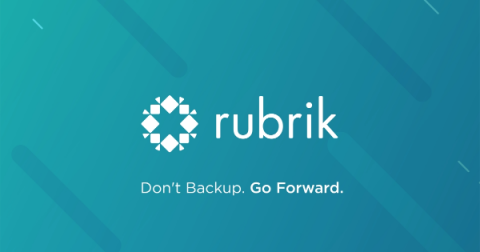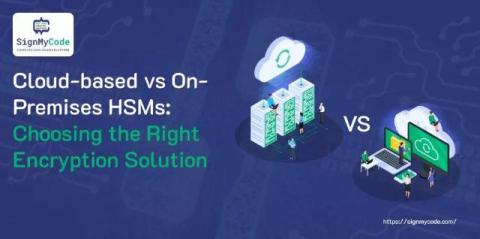European businesses anticipate more cybersecurity attacks, but feel unprepared for them
New Cloudflare study reveals that 64% of business leaders expect a cybersecurity incident in the next 12 months, but only 29% feel highly prepared to defend against them.


